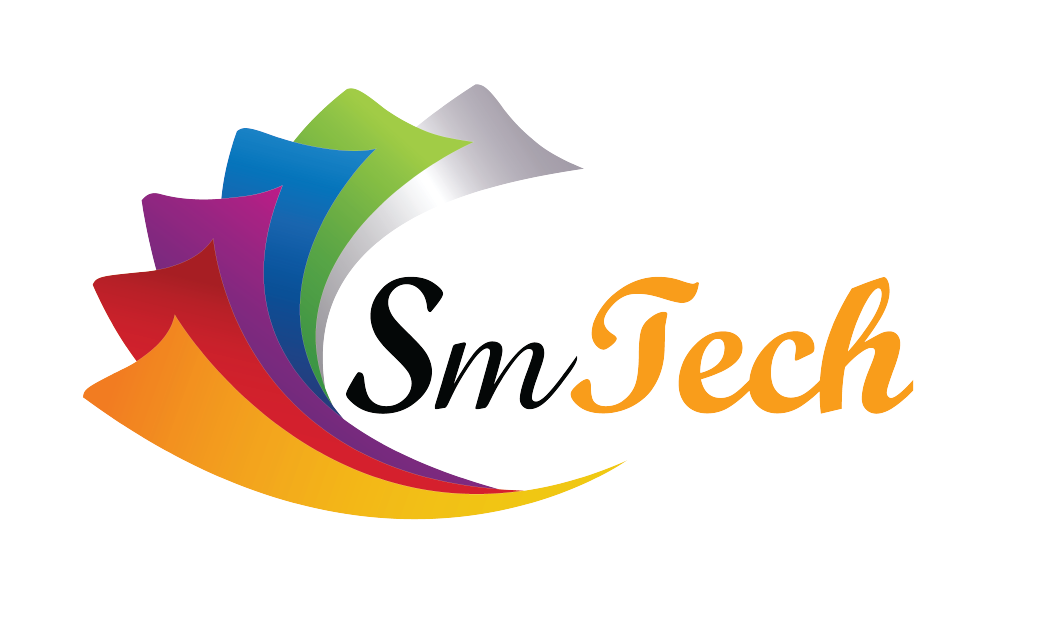Bootstrap is a popular front-end framework that allows developers to create responsive and mobile-friendly websites quickly and easily. Here's a brief introduction to Bootstrap and some of its key features.
What is Bootstrap?
Bootstrap is a free and open-source front-end framework that was originally developed by Twitter. It includes a set of pre-built CSS styles and JavaScript components that make it easy to create responsive websites and web applications. Bootstrap is based on the mobile-first design principle, which means that it's designed to look and work great on mobile devices first, and then scale up to desktops and larger screens.
Key Features of Bootstrap
Responsive design - Bootstrap makes it easy to create responsive designs that adapt to different screen sizes and devices. This means that your website or web application will look great on any device, whether it's a smartphone, tablet, laptop, or desktop computer.
Pre-built components - Bootstrap includes a variety of pre-built components that you can use to create common UI elements, such as forms, buttons, navigation menus, and more. This saves time and makes it easier to create a consistent look and feel across your website or application.
Customizable - Bootstrap is highly customizable, so you can easily modify the CSS styles and JavaScript components to match your branding and design requirements.
Easy to use - Bootstrap is designed to be easy to use, even for developers who are new to front-end development. The documentation is comprehensive and easy to follow, and there are plenty of tutorials and resources available online.
Large community - Bootstrap has a large and active community of developers who contribute to the framework, create plugins and extensions, and provide support and assistance to other developers.
Conclusion
Bootstrap is an excellent front-end framework for creating responsive and mobile-friendly websites and web applications. Its pre-built components, responsive design, and ease of use make it a popular choice among developers of all skill levels. Whether you're creating a simple website or a complex web application, Bootstrap can help you save time and create a consistent and professional-looking design.
Bootstrap is a popular front-end framework that provides a set of pre-built HTML, CSS, and JavaScript components for creating responsive and mobile-friendly websites and web applications. Here are some of the key benefits of using Bootstrap, along with some common tags that are used in Bootstrap development.
Benefits of Bootstrap:
Consistency - Bootstrap provides a set of pre-built components that are designed to work together seamlessly. This makes it easy to create a consistent look and feel across your entire website or application.
Responsiveness - Bootstrap is designed to be fully responsive, which means that your website or application will automatically adjust to different screen sizes and devices, from smartphones to large desktop displays.
Customization - Bootstrap is highly customizable, with a wide range of options for modifying the look and feel of the components. This makes it easy to create a unique and personalized design for your website or application.
Accessibility - Bootstrap includes built-in support for accessibility features, such as screen readers and keyboard navigation. This makes it easier to create websites and applications that are accessible to people with disabilities.
Large Community - Bootstrap has a large and active community of developers who contribute to the framework, create plugins and extensions, and provide support and assistance to other developers. This means that there are plenty of resources available to help you learn and use Bootstrap effectively.
Common Bootstrap Tags:
<div> - The <div> tag is used to create a container for other HTML elements. In Bootstrap, it's often used to group related components together.
<button> - The <button> tag is used to create a clickable button. Bootstrap includes a variety of pre-built button styles that you can use in your designs.
<nav> - The <nav> tag is used to create a navigation menu. Bootstrap includes several pre-built navigation menu styles that you can use in your designs.
<form> - The <form> tag is used to create a form for collecting user input. Bootstrap includes several pre-built form styles and components, such as input fields and buttons.
<table> - The <table> tag is used to create a table for displaying data. Bootstrap includes several pre-built table styles and components, such as striped tables and responsive tables.
Overall, Bootstrap is a powerful and versatile front-end framework that can help you create responsive and mobile-friendly websites and web applications quickly and easily. Its pre-built components and styles make it easy to create a professional-looking design, while its customization options allow you to create a unique and personalized look and feel. Whether you're a beginner or an experienced developer, Bootstrap is a great tool to have in your toolkit.
container - This class creates a fixed-width container for your content.
container-fluid - This class creates a full-width container that spans the entire width of the viewport.
row - This class creates a row of columns within a container or container-fluid.
col-* - This class creates a column within a row. The * represents the number of columns the element should span, ranging from 1 to 12.
text-center - This class centers text within a container or element.
text-muted - This class applies a muted color to text, making it less prominent.
bg-primary - This class applies the primary color to the background of an element.
bg-light - This class applies a light color to the background of an element.
btn - This class styles a button with a default appearance.
btn-primary - This class styles a button with the primary color.
These are just a few examples of the many Bootstrap classes that are available. By using these classes, you can quickly and easily style your website or application, without having to write custom CSS from scratch.












